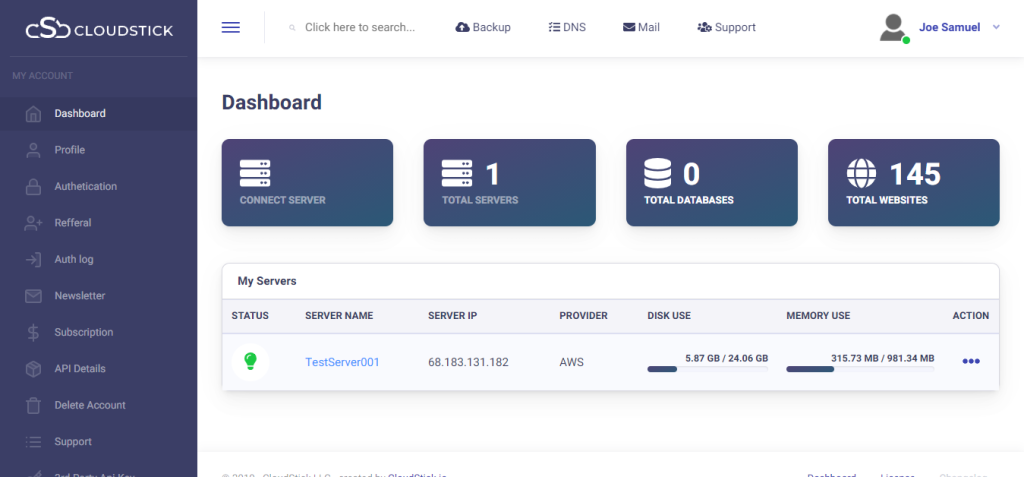

New Installer: This is the new file that will be created and distributed to the target zone processor hosts.Installer Template: This value will already be configured.When a zone processor cannot be automatically pushed, such as when dealing with an untrusted system or DMZ, use the zone processor standalone installer located in the SupplementalInstallers directory. The files will be copied and the registry configured, but you will need to start the service as a separate step. Management Sets: Specify one or more management sets this zone processor will be responsible for managing.Enabled job types: Specify the types of jobs this zone processor will be allowed to perform.We do not recommend using the default file path. Local file path for service: The physical location for the zone processor and its supporting files to be copied to.If using integrated authentication to the database, this account must also have proper database access as defined in the Privileged Identity Installation Guide.įor more information, please see the Privileged Identity Installation Guide. It must be an administrator of the target host and be granted Logon as a Service.

Service account FQDN: This is the qualified name of the account that will run the service.It must be unique on that system to avoid collisions with other zone processors hosted on the same system. Unique instance ID: This is the instance ID of this zone processor.Installation system: This is the name (simple, IP, or FQDN) for the zone processor host.A zone processor is enabled by the purchase and application of a license. If you don't see the Zone Processors button, the feature is not enabled. On the Stored Jobs dialog, click Zone Processors.In the management console, click the Jobs button.When pushing a zone processor, the database configuration is identical to that currently configured for the management console. If either of these is unavailable, the push will fail. When pushing a zone processor, you need file system and remote registry access to the target host. If the correct database provider is not present when the zone processor attempts to startup, the startup process will fail.įor more information, please see Host System Requirements.
#Clickinstall deployment windows#
NET framework requirements, Windows Management Framework requirements, and required database provider requirements are not verified. When installing a zone processor, prerequisites such as. The standalone installer must be configured for each zone you are deploying a zone processor to. Zone processors can be deployed by pushing the zone processors files and settings from the management console (by clicking Install) on the Zone Processors dialog, or by using the standalone installer, available in the in the SupplementalInstallers folder within the installation directory. When the zone processor feature is enabled, the Zone Processors button will be available in the Stored Jobs dialog, available by clicking the Jobs button in the management console. Specifically, the communication is initiating from the zone processor host to the central database over the SQL communications port. This communication is unidirectional from a known source to a known destination over a known port.

Zone processors require direct connectivity to the database. Similarly, when you create a job destined for a server in the DMZ, it is run by the zone processor in the DMZ. In this way, when you create a job destined for an internal system, it is run by the internal zone processor. In turn, a zone processor will be deployed and assigned to each specific management set. At a minimum, two management sets will be created, one for each zone. Thus, proper planning of management sets is essential to proper deployment of zone processors.Ĭonsider a network with only two segments: internal and DMZ.
#Clickinstall deployment license#
Considering a zone processor license has been purchased and applied, management sets are used to define the lists of systems for which a zone processor will be responsible.


 0 kommentar(er)
0 kommentar(er)
